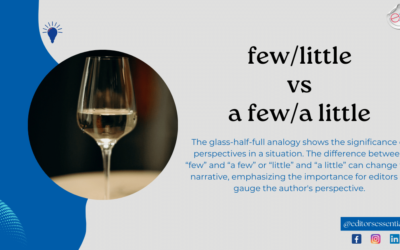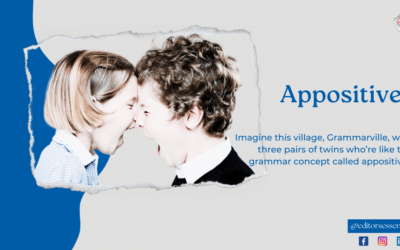Teacher: Children, what do you observe from the picture?
Students: Two kids, Teacher. One with a gadget, one with a bird.
Teacher: Good. What do you see below?
Student: As is the custom in FB, any picture that is shared should accompany a moral. This picture is also no exception.
Teacher: Very good. Can you read that sentence?
Student: “Teach your children well”.
Teacher: Class, now tell me what do you think about this clause? Is it correct?
Student1: Yes, teacher. The sentence is correct.
Student2. No, teacher. The sentence is not correct.
Teacher (at Student2): Why do you think the sentence is wrong?
Student2: Because the adverb “well” should be replaced by the adjective “good”.
Teacher: Why so?
Student2: Because it answers the question “Teach what?”.
Teacher (at s1): Why do you think the sentence is correct?
Student1: The sentence is correct because the adverb modifies the verb “teach”. It answers the question “Teach how?” By the way, S2 is wrong to begin his sentence with “because” because “because” is a conjunction.
Teacher: As to beginning a sentence with “because”, we’ll discuss it separately. Now, both of you are correct grammatically. However, I would recommend replacing “well” with “good” because the picture does not bother about how well you teach, but about “what you teach”.
Student1: OK, Teacher. How about “Teach your children good well”.
Teacher: Awkward. This problem of substituting “well” for “good” or otherwise has been among the top ten problems for people in English grammar. The most common problem seems to be the confusion between “its” and “it’s”.
Student2: What is that, Teacher?
Teacher: That discussion, again, is for another class.





written well. good 😉
Thanks, Raji. Welcome to Editor’s Essentials.